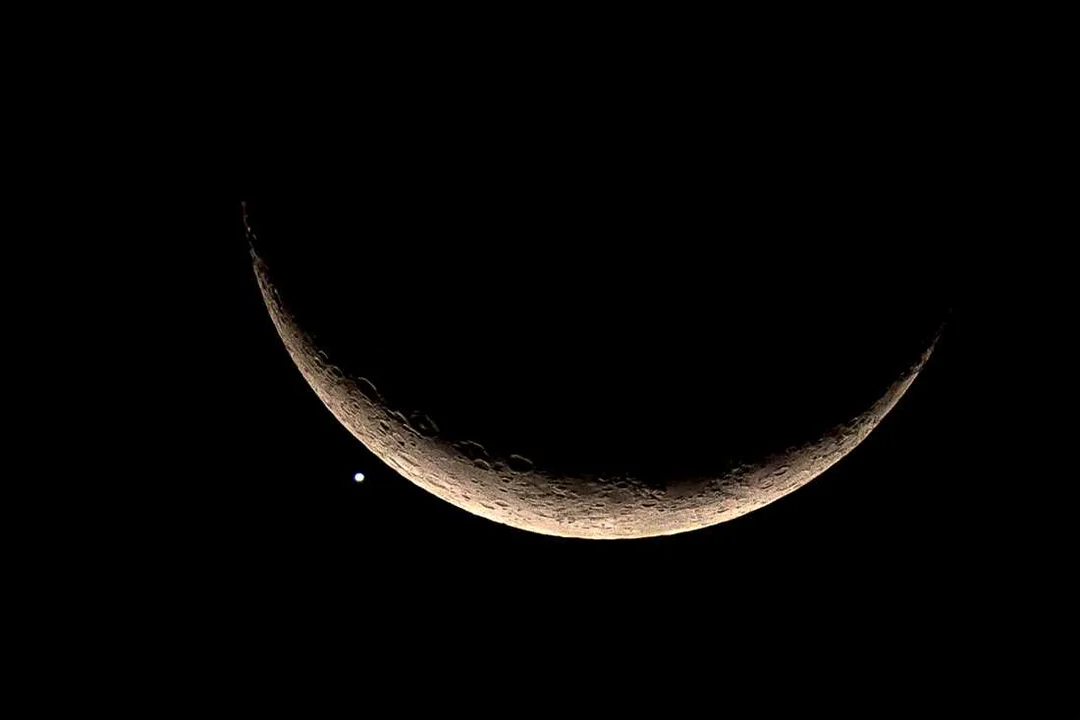
Soviet Venus Probe Kosmos 482 Set to Reenter Earth’s Atmosphere: Will It Survive?
A relic of the Cold War space race is making an unexpected return. The failed Soviet Venus probe, Kosmos 482, launched in 1972, is predicted to fall back to Earth. After spending over five decades stranded in orbit, the probe's reentry is generating both curiosity and speculation. Will it burn up harmlessly, or will parts of this historical artifact survive the fiery descent?

Kosmos 482 was intended to explore Venus as part of the Soviet Union's Venera program. However, a rocket malfunction left it orbiting Earth in an elliptical path. Now, experts believe the probe is in its "final death plunge." According to The Aerospace Corporation's Center for Orbital and Reentry Debris Studies (CORDS), reentry is expected around 1:54 a.m. ET (0554 GMT) on May 10, plus or minus nine hours. The potential landing zone spans a vast area, stretching from 52 degrees north to 52 degrees south latitude.
Despite the wide potential impact zone, CORDS assures the public that the risk to individuals is low. With 71% of Earth's surface covered by water and vast unpopulated landmasses, the odds favor a harmless landing. "While the risk is nonzero, any one individual on Earth is far likelier to be struck by lightning than to be injured by Cosmos 482," the organization stated.
The probe itself consists of a 3.3-foot-wide (1-meter-wide) titanium shell, designed to withstand the intense heat of Venus' atmosphere. This raises the question: will it completely burn up during reentry? Jonathan McDowell, an astronomer at the Center for Astrophysics at Harvard & Smithsonian, believes that's unlikely, due to its durable heat shield. He anticipates the 1,190-pound (495 kilograms) lander will likely remain "essentially undamaged."

Adding another layer of intrigue, astrophotographer Ralf Vandebergh captured images suggesting its parachute might be deployed. However, other experts suggest the "tail" observed in the photos could be a result of camera shake or atmospheric distortion.
Even if it does survive reentry, astronomer Jonathan McDowell estimates that the lander – if it survives reentry – could make impact at a speed of roughly 150 miles per hour.
Kosmos 482 represents a fascinating, if failed, chapter in space exploration history. While the exact time and location of its reentry remain uncertain, the event offers a unique opportunity to witness a piece of Cold War technology returning to Earth, decades after its initial launch.
The reentry of Kosmos 482 serves as a reminder of the challenges and risks inherent in space exploration. Will this relic of the past survive its journey back to Earth? What are your thoughts on monitoring and managing space debris? Share your comments below.
Related issues news
When will Kosmos 482 crash?
A Soviet-era spacecraft is set to reenter Earth's atmosphere after over 50 years, returning this week from its failed mission to Venus . NASA said Monday that Cosmos 482 will return to Earth sometime between Wednesday, May 7, and May 13. The spacecraft is most likely to begin its decent on Saturday, May 10, though.
How big is Cosmos 482?
The Cosmos-482 Descent Craft is a remarkable object deserving careful monitoring, with a titanium shell designed to withstand the extreme accelerations, heat and pressure of a Venus re-entry. Weighing approximately 500 kilograms and measuring 1 metre in diameter, it may survive and reach the ground almost intact.
Where will the Soviet satellite land?
Given its orbit, the spacecraft could land anywhere between latitude 52 degrees north and 52 degrees south, Langbroek wrote in a blog post. That represents a vast area, including the United States, South America, Africa, Australia, and most of Europe and Asia south of the Arctic Circle.
Where will the satellite fall?
The Short Answer: Two things can happen to old satellites: For the closer satellites, engineers will use its last bit of fuel to slow it down so it will fall out of orbit and burn up in the atmosphere. Further satellites are instead sent even farther away from Earth.